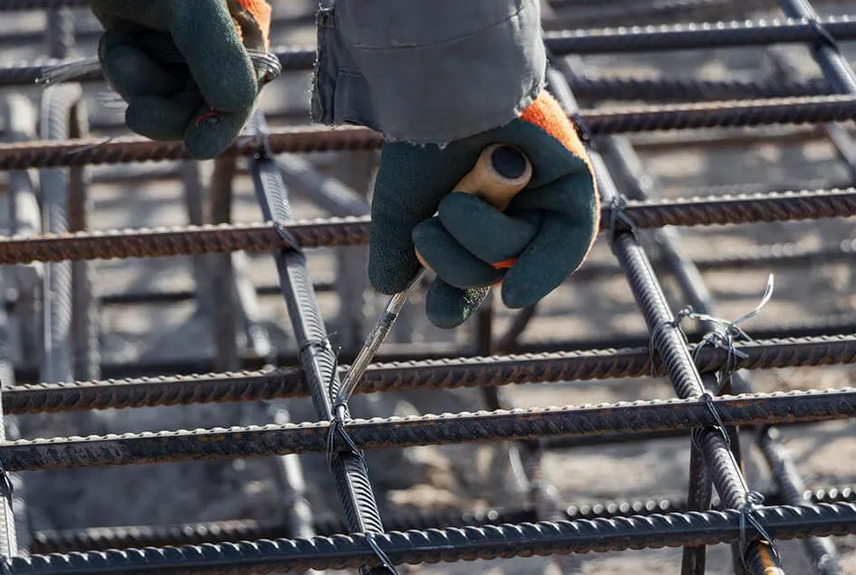There are many different styles, models and options in scales used in industrial settings. This includes platform style scales as well as scales used for weighing in manufacturing, inventory control, batching and blending and a complete range of packaging and processing applications.
When it comes to maintaining industrial weight scales, regardless of their specific type or use, there are some basic tips that can be used to ensure the scales have the longest possible life cycle. By extending the life cycle of the scales and limiting costly repairs, it is possible to see real cost advantages and decrease repair and replacement costs over both the short and long term.
Regular Surface Cleaning
In specialized areas where dust, water, chemicals or high humidity is a factor, it is important to choose scales specifically designed for these environmental conditions. Typically, these scales are sealed, preventing the debris, dust or moisture from making contact with the load cells and other sensitive electronics in the system.
Even with this protection, the routine surface cleaning of the scale is important. Wiping down or even washdowns should be scheduled on a regular basis based on use, type of scale and the use conditions.
Control for Extreme Temperature Changes
It is important also to consider the temperature range where the scale will be used. All industrial weight scales will be calibrated to work within a specific temperature range, and avoiding extremely fast temperature changes or temperatures that exceed the range is an important part of routine maintenance and scale care.
Calibrate Regularly
There are some of the top manufacturers of industrial weight scales that offer an automatic calibration system through the software and built-in systems within the scale. This is an ideal way to routinely calibrate the scale without the need for manual loading and offloading of the calibration weights.
In the event there is an old scale in use, pay particular attention to how weights are placed on and off the scale during calibration, and of course during actual use. Dropping the weights or the load is harder on the scale, as is an incorrect use of equipment to remove the load after weighing or calibrating.
Each scale will come with a manual that includes basic and routine maintenance recommendations. Follow those guidelines and also consider adding a maintenance plan from the manufacturer to have the scales professionally inspected and maintained on an annual or semi-annual basis.

